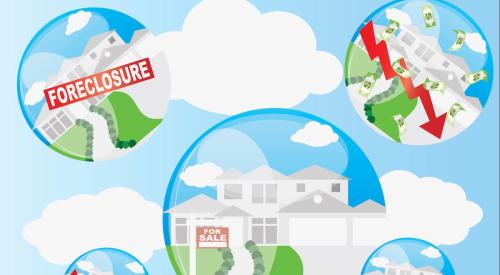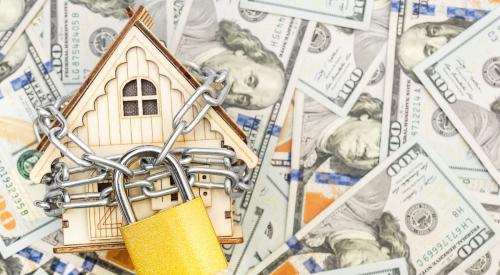The bond market recorded a rare and alarming inversion of the yield curve on Tuesday when the yield on the 2-year Treasury note briefly rose above the yield on the 10-year Treasury note, an economic indicator of a potential recession. Despite an obvious cause for concern, some economists argue that an inversion is only a predictor of recession if it remains stable for more than a week, and even then, it can be difficult to predict when and just how severe a future recession will be, Realtor.com reports.
A yield inversion means that interest rates and/or inflation will be higher in two years than in 10 years, an affordability obstacle which could hinder a growing number of homebuyers if sustained over the coming months.
While an inversion of the yield curve may not have a direct impact on mortgage rates, it can prompt lenders to be stingier.
In the past, yield-curve inversions have been associated with a tightening of credit. “If it costs more to borrow short term than what you’re going to earn by lending long term, you’re going to do less lending,” said Greg McBride, chief financial analyst at Bankrate.com.
The yield curve, in this way, can be something of a “self-fulfilling prophecy” insofar as it relates to recessions, McBride said. That’s because consumers have fewer options when credit is tight, producing ripple effects throughout the economy.













